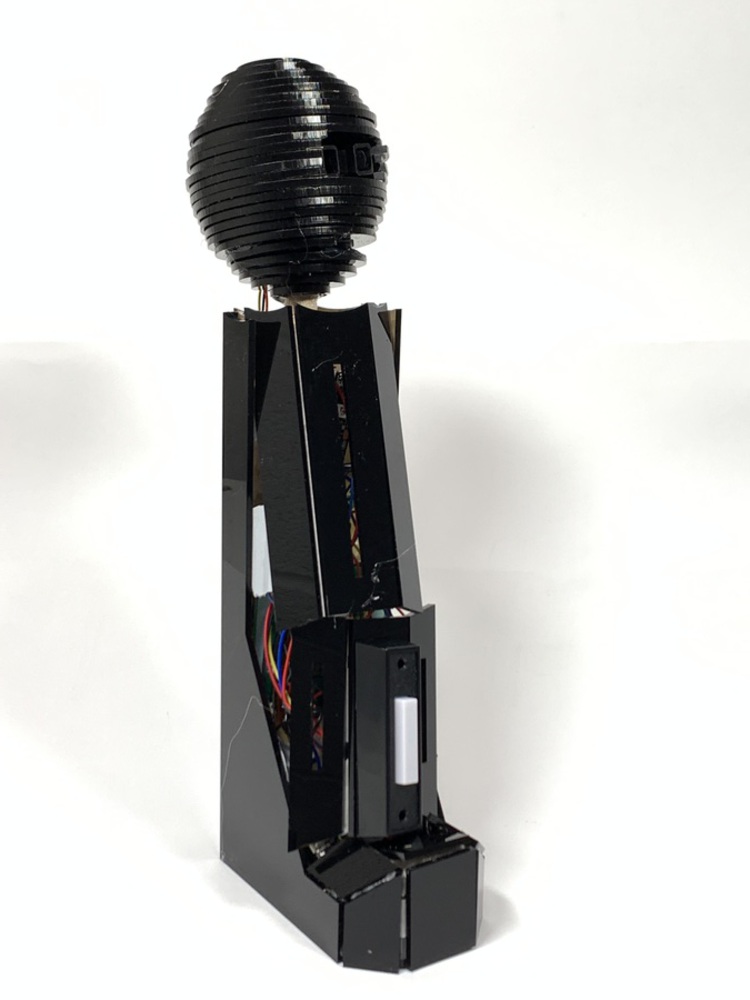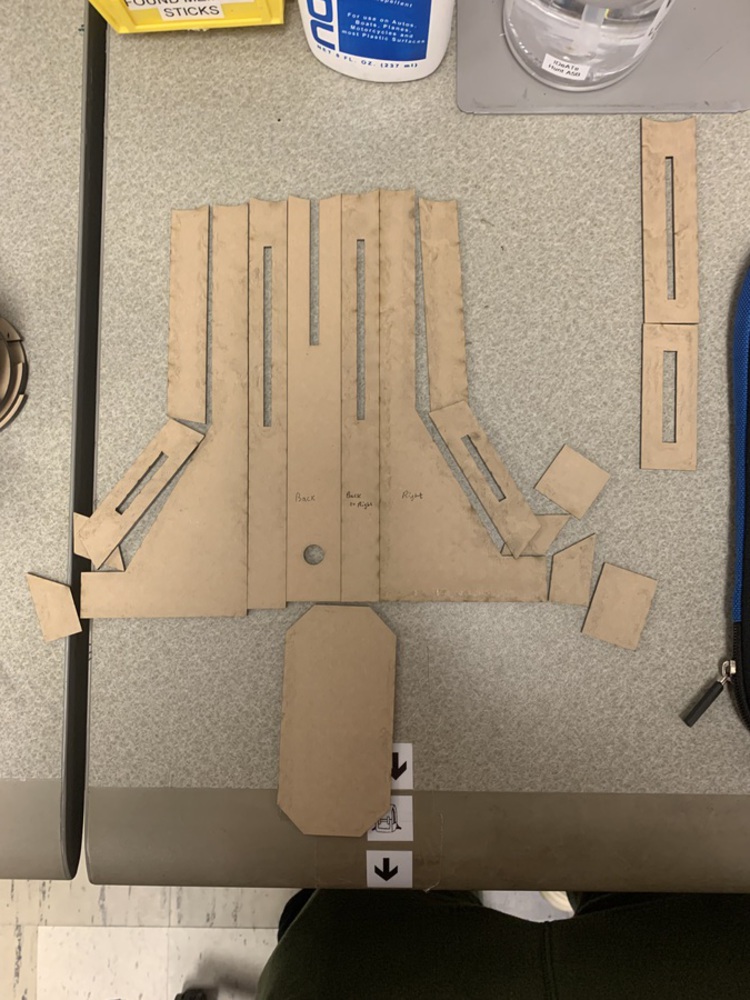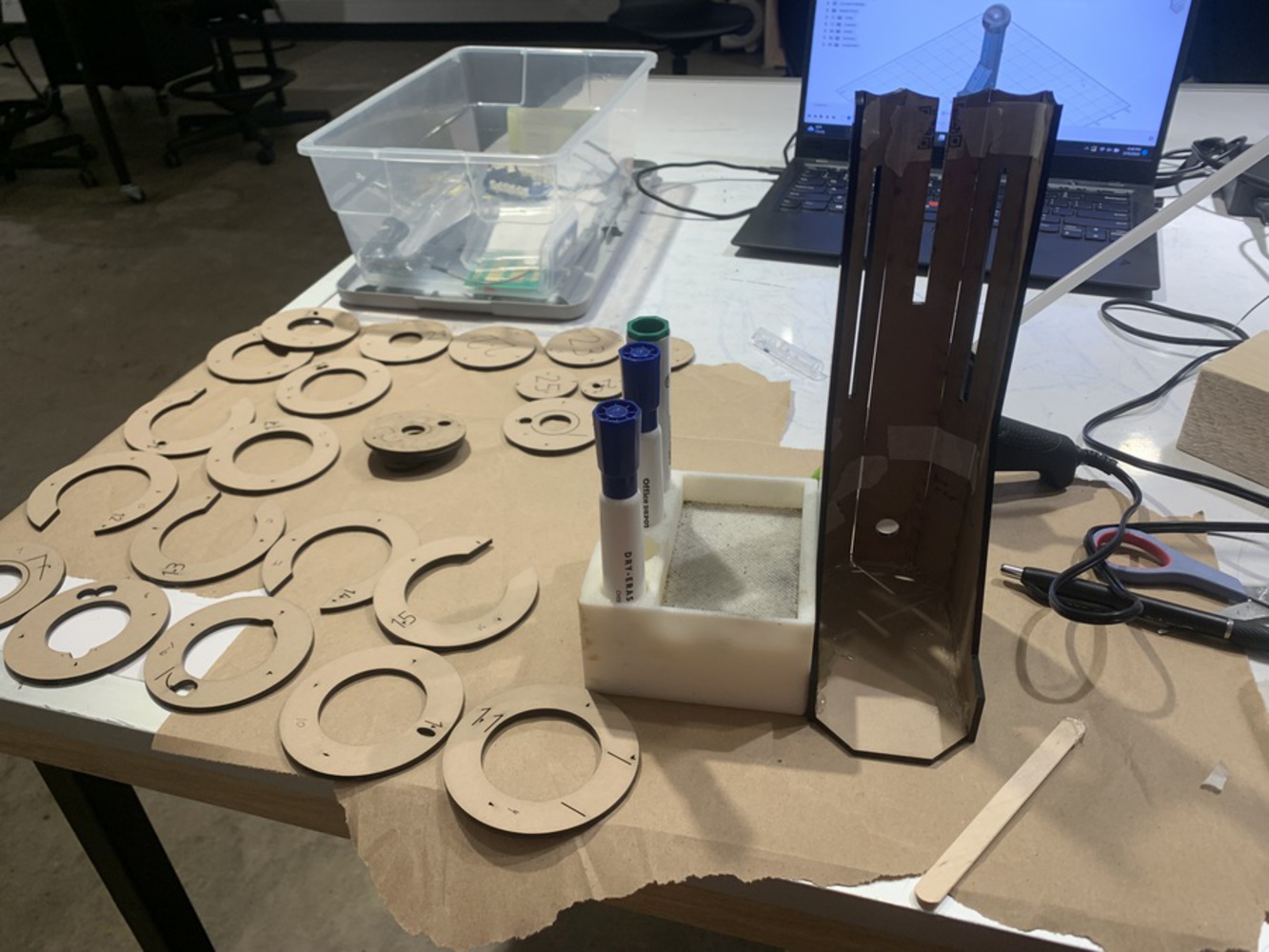Intention
The product that I constructed is a doorbell that only functions when it can’t see you. Normally when you use a doorbell, you simply walk up to it and press on it; with my product however, it only generates noise when its button is pressed and its sensor does not detect anything within its line of site.
I took a lot of inspiration from James Pierce’s Obscura 1C for this project. The idea of putting a great deal of thought and intention into something that functions in an unconventional and counterproductive way was a contrast that I wanted to explore. We live in an age where people are always craving something that’s newer, faster, and more efficient; we as a society just always want more. But what would happen if we set intentional limitations on not only ourselves, but on our technologies as well?
In this project, I explore the narrative of over-designing a practical product to intentionally set limitations on how it can be used. The goal of my piece is to raise questions about the direction that technological advancements are headed. How much can we advance technology before it no longer benefits society, but detracts from it? Should we not diverge from the conventional methodology of designing for “more” and for “better”? Or could designing technologies with intentional limitations somehow benefit society in an unforeseen way? These are questions I hope to explore with my piece.




